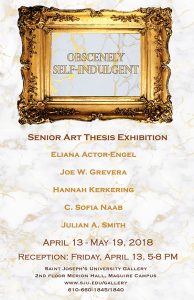
E L I A N A A C T O R – E N G E L
__________________________________________________________
This collection of hand-built sculpture and pottery is an exhibition of vulnerability and complex hope. Personally, I have always been able to rationalize and cope with pain through the artistic process, in particular via its facets of self-exploration, expression, and even beauty. I decided to expand the scope of my project using a survey I devised, with a special interest in seeing how my responses to certain questions differ and align with those of others in the queer community. I disseminated my survey to my queer community and encouraged them to be open and honest; the bowls and sculptures each feature language taken from (and often reworded for clarity) their responses to the following questions:
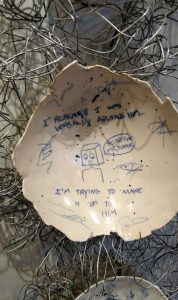
If you could acquire any quality that you admire — whether it be mental, spiritual, or emotional — what would it be?
Has fear ever stopped you from doing something you wanted to? Describe a time this may have happened.
What is something you haven’t forgiven yourself for?
What are you holding on to that you want to let go of?
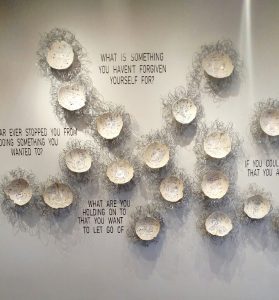
Though the answers vary, recurring themes of safety, anxiety, trauma, abuse, and gender dysphoria appear abundantly, suggesting their pre valence in the queer community.
The visual approach to this project is equally important as the messages scrawled across each form’s surface. Each piece adheres somewhat to the traditional aesthetics of Japanese ceramics, making use of porcelain and cobalt surfaces. Additionally, the technique used to repair some of the plates that broke during the firing is the Japanese process of Kintsugi, or to repair with gold. This further suggests to the viewer that simply because something appears broken at first glance, it may be able to be healed in a way that leaves it more precious than before. My theory is that the same is often true of people, in that a sense of brokenness in a person does not decrease their value and that vulnerability can be used to combat the fears that caused the breaks themselves. My experience both in physically creating these works of art and answering the survey have shown me the power of being unapologetically honest with the self in order to dispel the shame and guilt that surrounds fear.
J O E W. G R E V E R A __________________________________________________________
My sculptural work involves the mending of visual organization with pottery. With my wheel-thrown and large coil-built vessels, I take the traditional view of “pottery as replication” to another level by arranging different—but similar—forms around each other. Hopefully, this challenges how the visual impact of a group (of similar objects) may affect our perception of an individual object(s)—at what point does the group become the unit? I try to personify my pieces by subjecting them to alternative firing methods, allowing fire to do what it will with each piece. “Raku” is an ancient Japanese method of firing a clay piece until it is red hot, then taking it out of the kiln and submerging it into a container of combustibles to “reduce” in an oxygen-starved environment. A unique and unpredictable coloring is formed by the reaction of copper in the glazes. In a similar reducing process, I’ve used a wood fire kiln to allow the ash and heat to imprint on each piece. The beauty these firing methods are very recognizable yet nearly impossible to replicate.
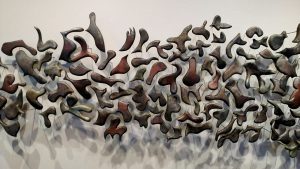
With the large vases, I start by cutting one shape and then additional shapes that are reacting to each other. Once the cut pieces are physically removed, the “mother” vase appears to have lost its purpose and integrity. The cut pieces, or “kids”, are then meticulously refined and raku-fired. Just as with the original vase, each piece influences the next until they fit together. Although the “mothers” may have beauty, the “kids” grow to create something far greater.
Through these arrangements I invite a viewer to pass slowly—especially along the wall piece—to observe the alignments and misalignments, to enjoy the individual pieces, the spaces between and around them, and the arrangement as a whole. We are all unique and when we forget that, we get lost in a crowd.
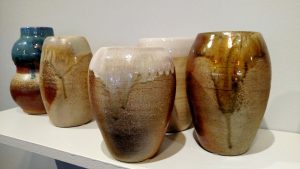
H A N N A H K E R K E R I N G
__________________________________________________________
I strive to make all my work simplistic, eye-catching, and powerful, and at the same time visually attractive. I start with a goal of what I want to accomplish, although I don’t always know how I’m going to get there. I always try to put myself in my work as much as possible by incorporating my personal style as well as my opinions and past experiences.
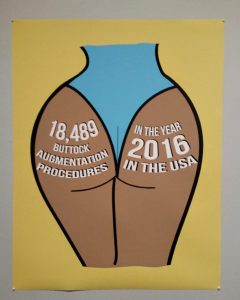
In this series, I want people to start analyzing and discussing social media, and how it often causes women to take drastic measures in order to achieve the “perfect body”. Influenced by the things and people I see every day on social media, I gather pictures of the most common unhealthy beauty habits and use these pictures as a stencil for my illustrations. The images are unrealistic and appear unfinished in order to reiterate how these bodies, as portrayed on social media, are unnatural and unrealistic.
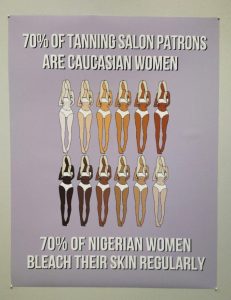
With this body of work, I am encouraging people, especially young women, to consider why they feel they need to change their appearance. Poor body image among women is nothing new. However, the shocking statistics combined with the familiar imagery should provoke dialogue.
C. S O F I A N A A B
__________________________________________________________
My art medium is cross stitch. Cross stitch is a craft, where I sew stitches in the form of X’s. I started learning to sew when I was very little. My abuelita, (grandmother) taught me, and introduced me to a craft that isn’t done as often as it was in the old days, when women did embroidery as a pastime. By the time I was in high school, I became so obsessed with the craft that it was suggested that I do projects from my own pictures, but I didn’t actually start doing it until last year. I found the tools that allow me to upload a picture, pixelate it, and decide how big I want the finished piece to be, thereby converting the image into a pattern. The challenge is in the precision of the stitches; I manage this by marking the back of cloth every ten stitches, which is how the pattern is gridded: small squares separated by a bold line every 10 x 10 stitches.
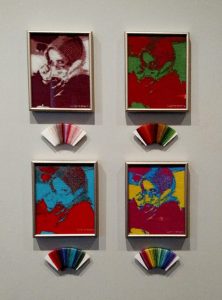
Most artists create work that shows an emotional interpretation of a subject. My work doesn’t give me any sense of emotion; rather, it’s an experimental process that combines contemporary photography with an outdated craft. When I started this project, I wasn’t thinking about what I was going to do, I just wanted to finally try something of my own design. I’m an individual with a mild form of autism, therefore, I often display a repetitive behavior; sewing is a craft with a repetitive motion, so when I do it I’m not thinking about how the project is going to turn out (I have those thoughts when I’m creating the pattern). Once I have a pattern to guide me, the finished product is already mapped out on the fabric, so to speak, and I think I can concentrate on bringing it to life. I thought this would be an appropriate “Senior Project” as I like the idea of creating something that most people haven’t seen before.
J U L I A N A. S M I T H
__________________________________________________________
When making my work I seek to create a space that the viewer can project themselves into and explore. The spaces take on the form of fantastical and alien landscapes, but each begins with an individual object from which I expand and build; much like a conversation.
The initial object is an abstraction of an emotion or experience. Often they spring from my struggles with mental illness, specifically depression. I then translate the emotion or experience into a physical object which seeks to convey something that is central to the subject. For example, containment and enclosure are common themes that I visit when exploring my mental illness.
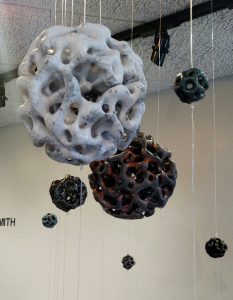
Once the initial object is complete I begin to react and respond to it much as you would follow a line of thinking. I have a conversation with the objects I build and attempt to piece them together like an argument; putting in new ideas when I have them, and taking out ones that don’t work. Eventually, I end up with a landscape of objects that has sprung from a single emotion or experience, much like an argument springs from a single thought.
The spaces are meant to function as places to escape to, but also as spaces that encourage reflection and introspection. Hopefully, the abstract nature of these spaces allows the viewer to step outside the boundaries they unconsciously set for themselves, and explore ideas in a way they might not have let themselves before.
I find it is important to step back and look at things in a new way. Whether they be brand new, or familiar issues. Sticking to our entrenched ways of thinking leads us nowhere and does us, and our communities, a disservice. If we are to grow as a community we will need to step outside our habitual ways of thinking and explore new and potentially uncomfortable ideas.
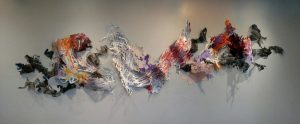
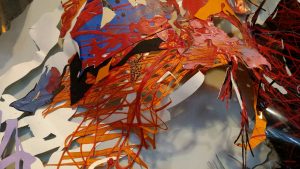
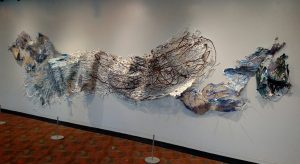

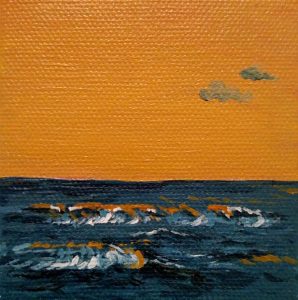
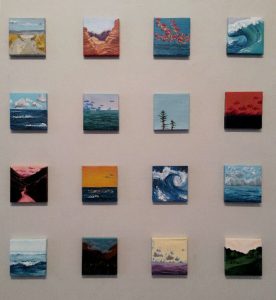
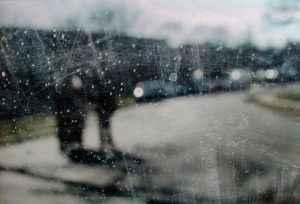
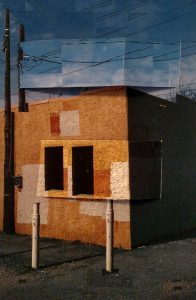
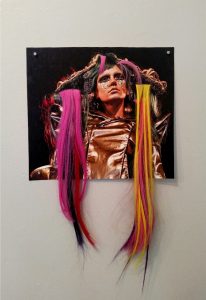
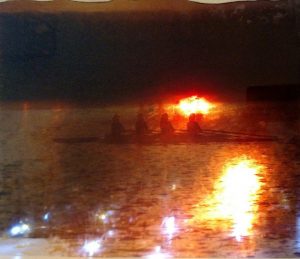









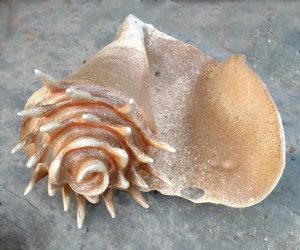
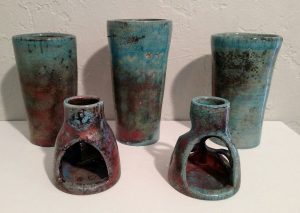
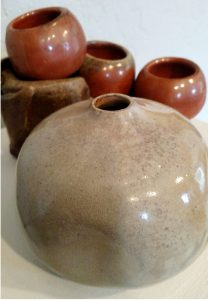
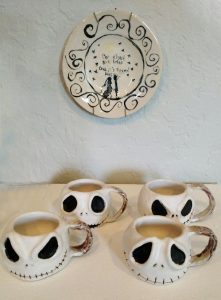
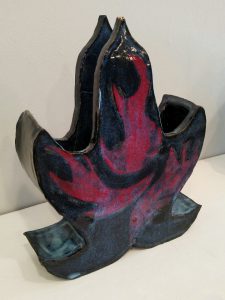



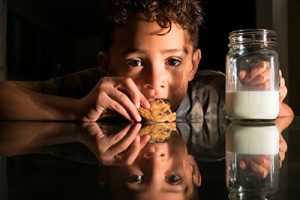
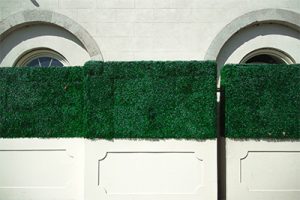
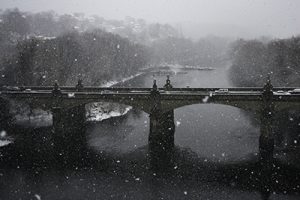 Blaise Knebels
Blaise Knebels
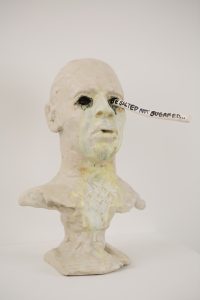
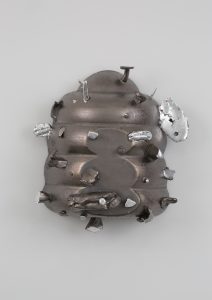
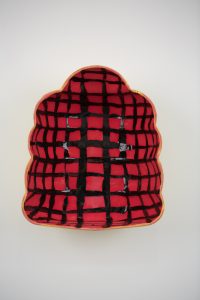 12 x 10 x 8″ slip cast porcelain
12 x 10 x 8″ slip cast porcelain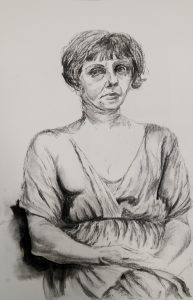 Zoe Malone
Zoe Malone

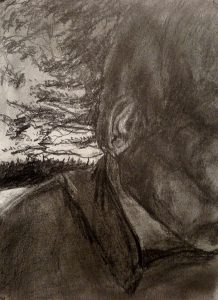 Jessica Kerns
Jessica Kerns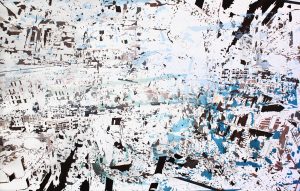
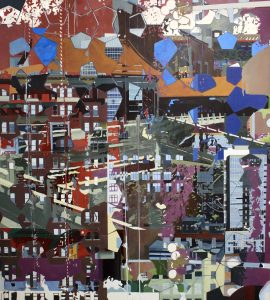 Transposition Of Immensity, Oil on canvas, 84 x 76 inches, 2016
Transposition Of Immensity, Oil on canvas, 84 x 76 inches, 2016